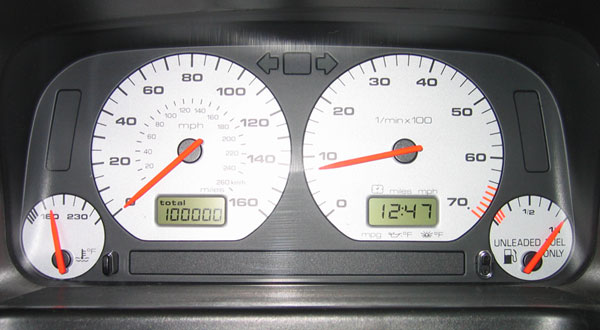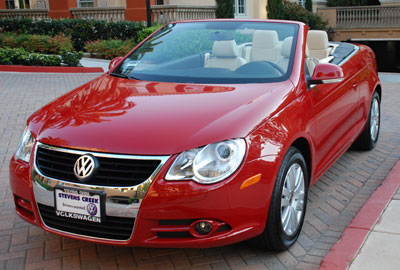Ever since I got my first Cabrio, back in the summer of 1996, I’ve had troubles with O2 sensors failing. It’s a common problem — everyone I know has run into this. Once a year, or at least every other year, you pump $50 or so into a new sensor and you’re good to go.
Except a few years ago I started replacing them with every inspection or tune-up. Then the VAG tool was always reporting O2 sensor problems, even when I had a new sensor installed. A few mechanics dismissed it, just telling me to drive the car more often. I was worried, but the car still ran, so I kept driving.
But then, over the summer, I started running into a problem — the engine started “choking”. It seemed like every time I hit about 3500 RPMs in first or second gear, the engine would cut out on me — pushing in the clutch would usually let it recover, but I couldn’t get into third gear, which means I wasn’t going very far. Of course, the VAG tool kept reporting O2 sensor failure, so I took the car over to the local mechanic and told him what was going on.
“Sounds like the mass air flow sensor to me,” said Gene. There’s no diagnostic that can be run on that sensor though, but with years of experience like Gene’s, I was willing to trust him and pay for the replacement. Sure enough, the new mass air flow sensor went in, and all of the O2 sensor failures disappeared. No more engine choking, the purr of the engine sounded much better, the exhaust was cleaner, and my car and I went zooming along like we haven’t in a long time.
So if you’ve had a few too many O2 sensor failures lately, you might want to look into replacing that mass air flow sensor.



